Species Photo Gallery for Scaphoideus melanotus No Common Name 19 |
 | Photo by: John Petranka
Orange Co.
Comment: Attracted to an entrance light. |  | Photo by: John Petranka
Orange Co.
Comment: Attracted to an entrance light. |
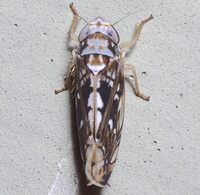 | Photo by: John Petranka
Orange Co.
Comment: Attracted to an entrance light. | 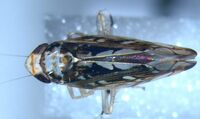 | Photo by: Bo Sullivan
Ashe Co.
Comment: |
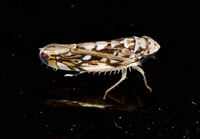 | Photo by: Jim Petranka
Madison Co.
Comment: Attracted to black light. |  | Photo by: Ken Kneidel
Yancey Co.
Comment: female, 5.4 mm |
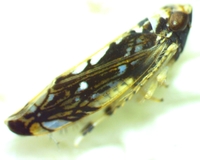 | Photo by: Ken Kneidel
Yancey Co.
Comment: female, 5.4 mm | 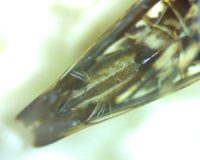 | Photo by: Ken Kneidel
Yancey Co.
Comment: female, 5.4 mm |
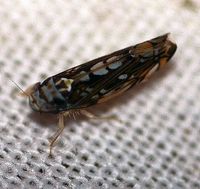 | Photo by: Paul Scharf, Kyle Kittelberger, Brian Bockhahn
Ashe Co.
Comment: Attracted to Black Light |  | Photo by: Paul Scharf, Kyle Kittelberger, Brian Bockhahn
Ashe Co.
Comment: Attracted to Black Light |
 | Photo by: Kyle Kittelberger, Brian Bockhahn, Paul Scharf
Ashe Co.
Comment: mixed hardwood forest habitat | 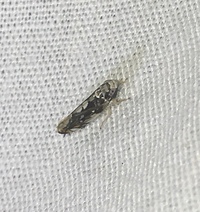 | Photo by: Randy L Emmitt
Orange Co.
Comment: |
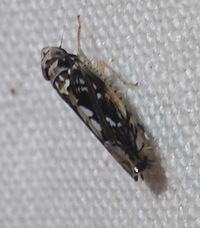 | Photo by: Randy L Emmitt
Orange Co.
Comment: uv lightrnhope this ID is right. | 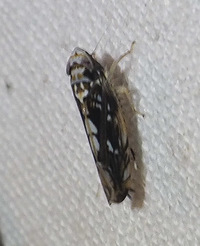 | Photo by: Randy L Emmitt
Orange Co.
Comment: uv lightrnhope this ID is right. |
 | Photo by: Kyle Kittelberger
Wake Co.
Comment: mixed hardwood forest habitat |  | Photo by: Paul Scharf
Warren Co.
Comment: Attracted to Light |
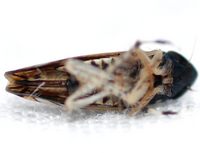 | Photo by: Kyle Kittelberger, Paul Scharf
Gates Co.
Comment: open, grassy area near mixed hardwood forest | 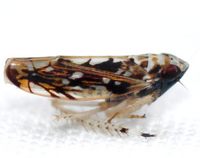 | Photo by: Kyle Kittelberger, Paul Scharf
Gates Co.
Comment: open, grassy area near mixed hardwood forest |
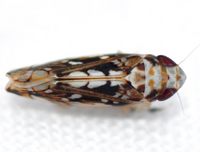 | Photo by: Kyle Kittelberger, Paul Scharf
Gates Co.
Comment: open, grassy area near mixed hardwood forest |

 »
»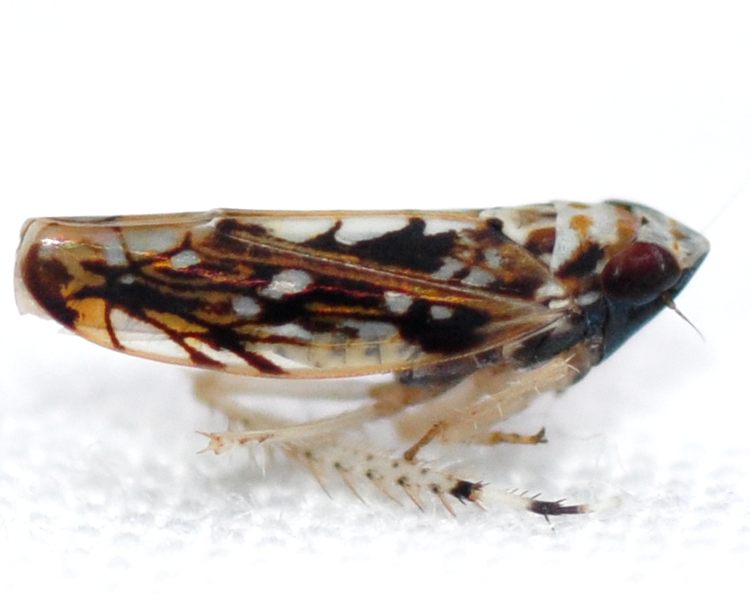
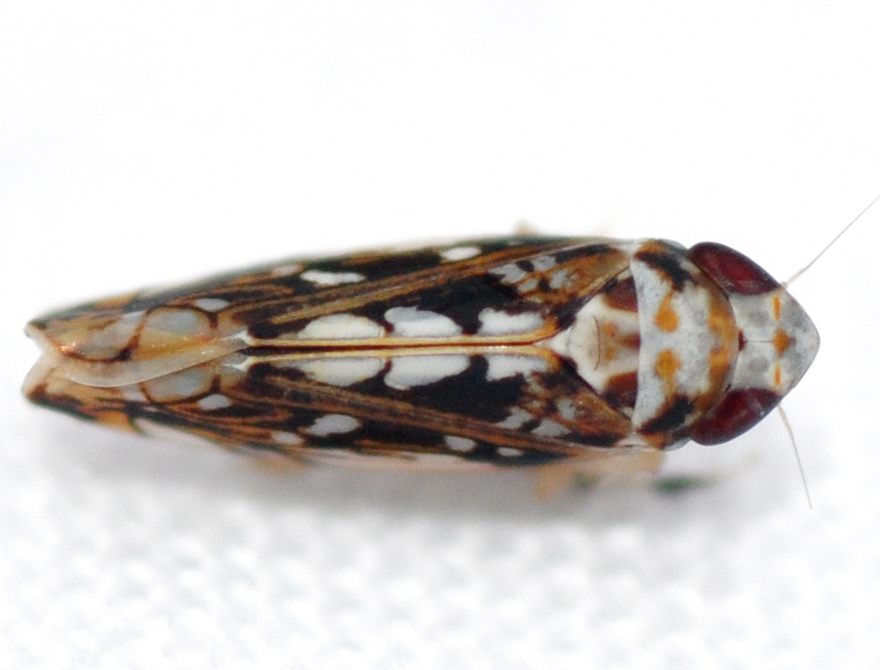

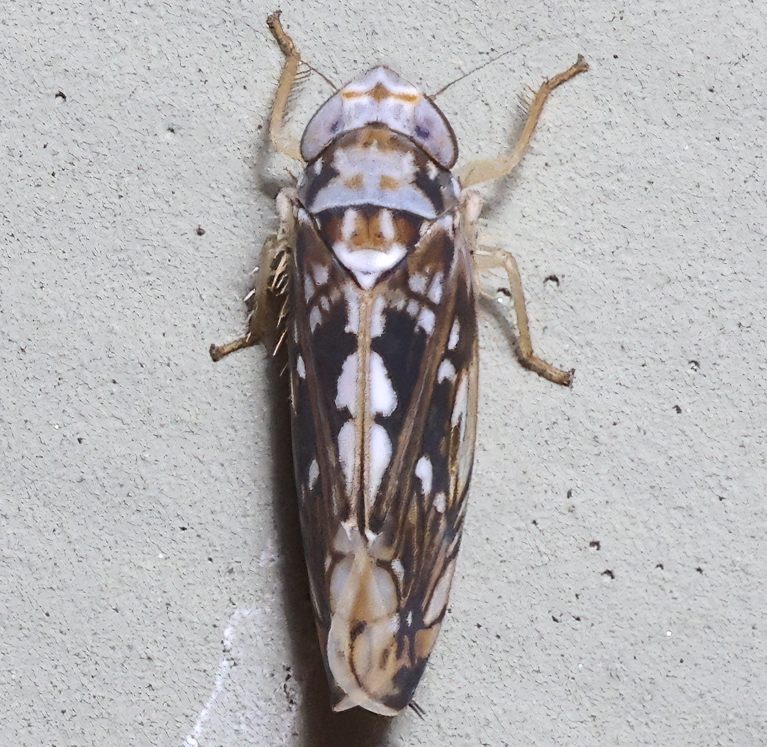

 »
»


